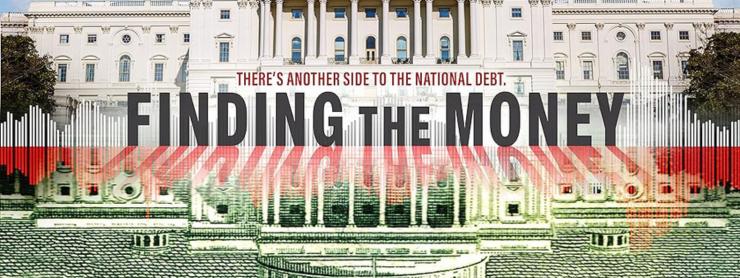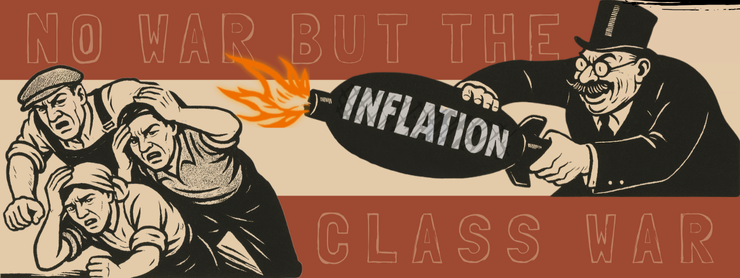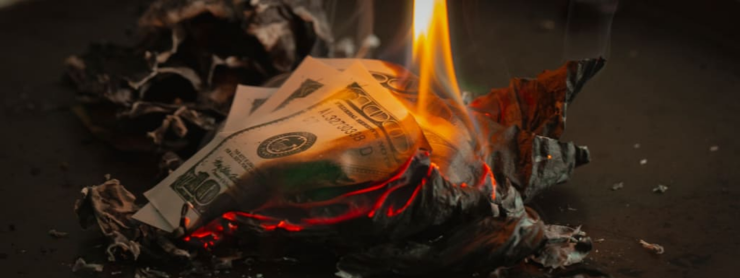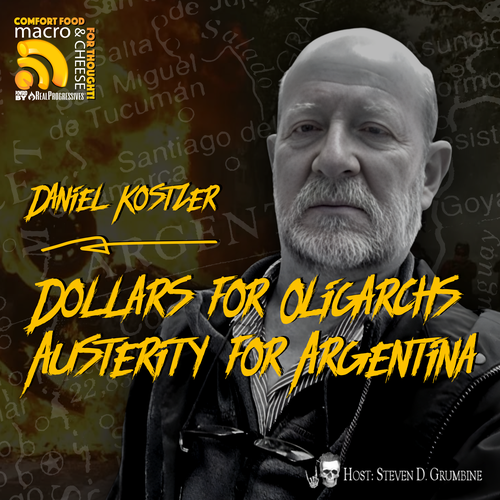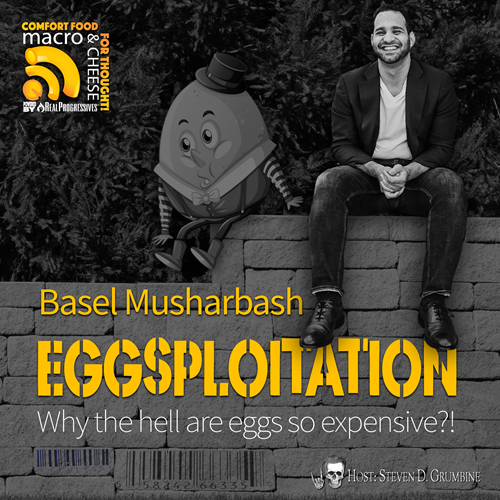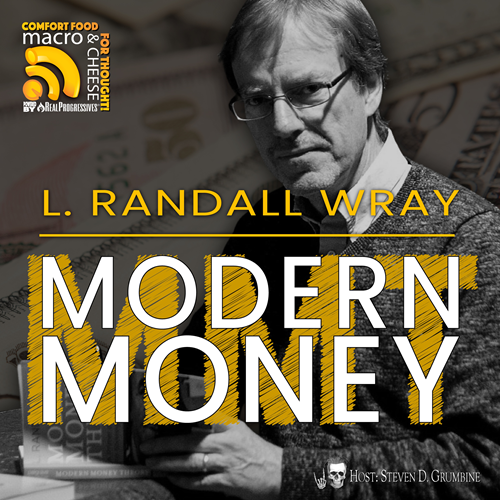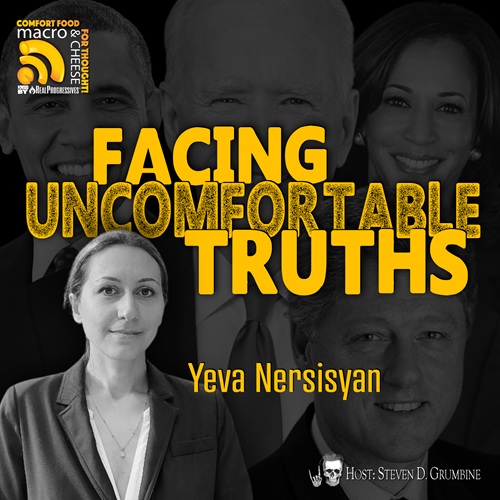The price of a good or service is determined by supply and demand. Graphically, supply is an upward sloping line, and demand is a downward sloping line; both move on the X-axis, and the point on the graph where they cross is the price. Make an X with your index fingers (pointed away) and your fists parallel, your left finger is supply and your right finger is demand. If they cross near your fingernail (high on the graph) the price is high, if they cross near your hand (low on the graph) the price is low.
U.S. inflation data is tracked and studied by the Bureau of Labor Statistics in different ways. The Consumer Price Index shows the aggregate relationships of the supply and demand (price) of about 80,000 products measured monthly. The Producer Prices Index operates like the Consumer Price Index but includes pre-consumption transactions, and their National Compensation Survey puts out two indexes (the ECI and ECEC) to track the cost of labor. Then there is the Bureau of Economic Analysis, which does its own studies and tracking in the way of the Gross Domestic Product Price Index, the Gross Domestic Product Implicit Price Deflator, the Gross Domestic Purchases Price Index, the Personal Consumption Expenditures Price Index, and the Core Personal Consumption Expenditures Price Index. These are but a few of the considerations that economists use when studying the value of our currency. Macroeconomic inflation is an average of countless individual microeconomic inflations and deflations in a system with an awful lot of moving parts. In its complexities and forms, it is as much a macroeconomic tool as it is a problem. The word has been oversimplified and propagandized.
Inflation comes in both demand-pull (the U.S. government aims for 2% annually in order to avoid deflation), and cost-push (which we, generally, do not want). Monetarily sovereign governments like ours have a lot of control over demand, but supply can be reduced by acts of God, acts of monopolists, or a lack of foresight. Our discussions of inflation all too often focus on demand-pull (right finger moving to the right), while ignoring cost-push (left finger moving left).
To quote Texas Christian University Professor John Harvey:
“Explaining inflation would be much simpler if not for the need to first spend so much time debunking the popular view.”
Green New Deal spending would not be inflationary because by improving energy and other resource efficiencies it is also directly addressing the overall supply curve. We are moving both our fingers to the right, and in doing so bringing greater sustainability and productivity not just to the environment, but to the economy too. Alternatively, the unsustainable extraction, increasing monopolization, and climate change induced destruction of supply (e.g., of farmlands, clean water, forest resources, fisheries, infrastructure, etc.), will be inflationary if demand is merely steady.
The fossil fuel industry, a massive and heavily subsidized piece of the economy based on finite and diminishing resources, is itself a ticking time bomb for a cost-push nightmare. This has been demonstrated in the past, since the only major inflation event in the U.S. after World War II was in the 1970s, and it was caused by, you guessed it, intentional shortages instigated by the OPEC monopoly (this is explained in Professor Harvey’s article linked above). And while history will show again and again the dangers posed by cost-push inflation, it also shows that the U.S. government’s seemingly astronomical increases in total debt (treasury securities outstanding) and debt to GDP have been too little to even maintain our goal of 2% demand-pull inflation.
Explained by Cornell Professor Robert Hockett:
“The Green New Deal aims to stoke massive production of a vast array of new products, from solar panels to windmills to new battery and charging station technologies to green power grids and hydroelectric power generation facilities. The new production and new productivity that renewed infrastructure will bring will be virtually unprecedented in our nation’s history. This will be more than enough to absorb all new money spent into our economy. It will also distinguish the Green New Deal starkly from pseudo-stimulus plans of the recent past, none of which flowed to production or infrastructure and nearly all of which simply inflated financial markets.
“The second theoretical reason not to fret about Green New Deal inflation is related to but distinct from the first. It is that our economy now is operating at far below capacity even as is, before the Green New Deal adds to capacity. Labor force participation rates still languish at historic lows, and wages and salaries have yet to catch up even to such little growth as we’ve had since our crash of ten years ago. Indeed they have stagnated for decades. These are classic indicators of slack – slack which by definition is opportunity-squandering, and which the Green New Deal now aims to ‘take up.’”
The Green New Deal is about our species’ very sum potential, our environmental potential, humanitarian potential, and economic potential, too. We would not just be working to preserve the natural world for future generations, we would be maintaining the progress of our economy.
The Green New Deal would not cause any significant demand-pull (right finger) inflation, and whatever it might drive could be easily corrected for with a slew of sensible policy options (several of which are put forward in Professor Hockett’s article linked above). Not having a Green New Deal, however, could result in devastating cost-push (left finger) inflation. The plan is in the best interest of not just environmentalists, but of even those money-minded Americans that are more alarmed by their imagined horrors of briefly exceeding our target of 2% inflation, than by the warnings of famines, global refugee crises, escalating forever-wars, and the widespread wanton destruction of life.



